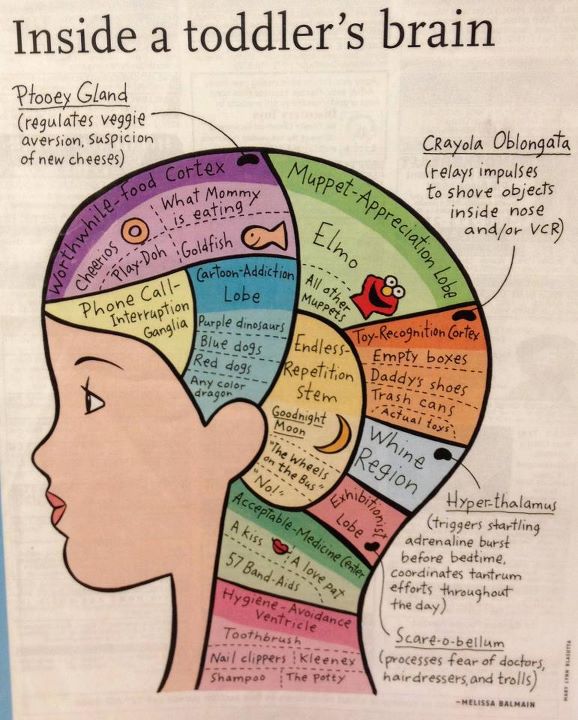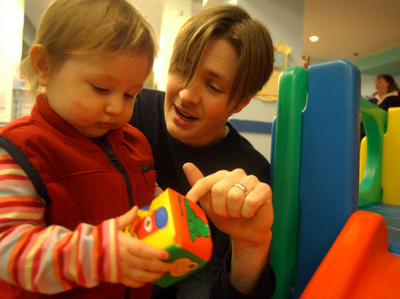Language Development in Toddlers is About More Than Instruction
When it comes to teaching toddlers new words, a hands-off approach might be all right. The results of a new study from the Journal of Applied Science may shed light on how young children learn new words and what parents and therapists can do to help in speech therapy. The results indicate direct for language development in toddlers, explicit instruction might not always be the best for learning new words.
The Study
Researcher Jennifer Zosh studied the circumstances surrounding how toddlers learn new words. Using 48 children ages 3 to 3 ½, participants were asked to view pictures of objects on a screen. These included both familiar and unfamiliar objects. Those that were unfamiliar were given new, made up names (to see how well the learned them).
The experiment contained two periods: instruction or inference. During instruction, children were shown and told what the unknown object was called (e.g., “this is a kiffin”). During inference, children were shown the familiar and unfamiliar items and was then asked to show the researchers unknown object when asked (e.g., “point to the kiffin.”) In this case, children were expected to deduce from their prior knowledge of the familiar object, that the new object was the one in question.
What did they find? Zosh found that toddlers retained new words better when they had to compare a known word and a new word than when simply given the meaning of a new word. This even held true when the children spent a longer time looking at the new object during the trials. It appeared that children did better learning the new words when they had to figure them out, rather than being told directly.
What does this mean for parents and therapists?
For caregivers and instructors, this research suggests that experience with problem solving, deducing new words from known words, can be beneficial to learning language. Simply bombarding them with new names for new items may not be the best pursuit. Parents should still teach new words of course, point and label new objects, but allow time for them to figure out new words on their own. Ask for something they’ve never seen before, and challenge them to find it.
Typical Toddler Development
While this study used only typically developing toddlers, its important to know what language milestones these children are going through. If you suspect your child may not be meeting their milestones, check this list, consult with your physician, a speech pathologist or early intervention agency (if age permits). According to ASHA, language development is the toddler years includes:
At 2-3 years:
- Has a word for almost everything.
- Uses two- or three- words to talk about and ask for things.
- Uses k, g, f, t, d, and n sounds.
- Speech is understood by familiar listeners most of the time.
- Often asks for or directs attention to objects by naming them.
- Understands differences in meaning (“go-stop,” “in-on,” “big-little,” “up-down”).
- Follows two requests (“Get the book and put it on the table”).
- Listens to and enjoys hearing stories for longer periods of time
3-4 Years
- Talks about activities at school or at friends’ homes.
- People outside of the family usually understand child’s speech.
- Uses a lot of sentences that have 4 or more words.
- Usually talks easily without repeating syllables or words.
- Hears you when you call from another room.
- Hears television or radio at the same loudness level as other family members.
- Answers simple “who?”, “what?”, “where?”, and “why?” questions.




